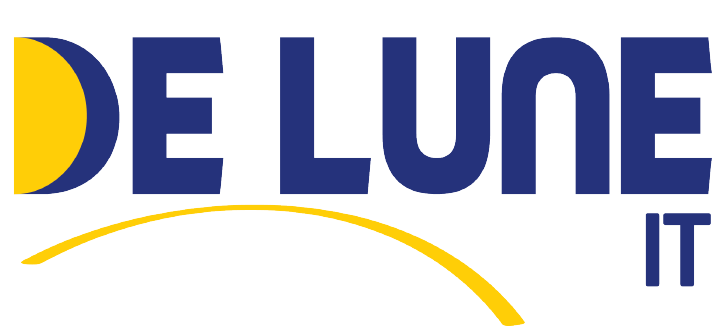Governments are no longer just cheering on innovation from the sidelines anymore, they’re right in the middle of things, writing checks, rewriting rules, imposing sanctions, and rewiring supply chains to make sure critical capabilities are inside trusted borders. Local chip fabs, national AI compute, and quantum labs are now instruments of statecraft. The goal isn’t autarky, because no country can own every layer, but to have enough domestic depth to reduce exposure to shocks, sanctions, and single points of failure.
Every government is talking about semiconductors. The pandemic and supply disruptions exposed how a hiccup at a handful of fabs can affect everything from cars to missiles. That’s why the United States, China, the European Union, Korea, Japan, and India are subsidizing foundries and, just as importantly, advanced packaging and high-bandwidth memory capacity. Chips alone won’t win the day, you need the ability to stack them, stitch them together, and feed them with fast memory to power modern AI. Meanwhile, export controls have turned equipment, EDA software, and leading-edge GPUs into geopolitical bargaining chips. Washington’s “small yard, high fence” approach sets the tone, tightening access to advanced compute for rivals while loosening it inside trusted alliances. Beijing answers by mobilizing capital at national and provincial levels, elevating domestic champions, and pushing parallel supply chains wherever it can. Both sides are racing to close chokepoints that can be turned against them later.
AI infrastructure is where industrial policy meets cloud pragmatism. Nations are allocating colossal amounts of energy and water for data centers, and pushing software stacks that minimize lock-in. The United States benefits from hyperscalers and a dominant accelerator ecosystem built around CUDA, HBM, and NVLink. Europe leans into public-private supercomputing hubs that integrate classical and quantum resources, adding a governance layer that reflects European values and security standards. China, squeezed on top-tier GPUs stockpiles them where available, encourage the manufacture of domestic AI chips backed by alternative frameworks, and build compute hubs in lower-cost provinces. Everyone knows compute is the new oil.
Quantum technology has moved from future promise to a part of present policy. Governments have already committed tens of billions of dollars because the upside and downside are so stark. On the upside, quantum promises breakthroughs in materials, chemistry, optimization, and AI. On the downside, a cryptographically relevant quantum computer threatens today’s public-key encryption. That’s why you see simultaneous investment in quantum hardware and an urgent push to migrate societies to post-quantum cryptography.
The United States and China are taking different paths that are aimed at the same destination. The U.S. doubles down on market-first innovation buttressed by federal funding. For example, the National Quantum Initiative aims to organize research, CHIPS funding is an attempt to reshore critical pieces of the supply chain and NIST and NSA are there to shepherd post-quantum standards. While export controls try slow rival breakthroughs of AI and quantum. Big Tech and top universities push the frontier, while the state handles standards, security, and strategic breadth. China responds with whole-of-nation acceleration. They build flagship quantum labs, quantum satellites and fiber backbones, sprawling compute parks, and a domestic AI stack that spans chips, frameworks, and applications. The contest is not necessarily who makes the next theoretical breakthrough, but about who can build repeatable, reliable engineering at scale.
Europe and close allies pursue coalition sovereignty. Brussels spreads capability across members, integrates quantum accelerators into supercomputers, builds secure quantum communications, and sets rules early to avoid dependency. Berlin and Paris fund national quantum and chip programs that feed into EU-level projects. The UK’s decade of quantum investment, a dedicated national center, and alliance work under AUKUS give it outsized influence relative to size. India is methodically building labs, talent, and prototypes while encouraging domain-specific AI that fits local compute constraints. Russia remains strategically engaged under sanctions, pushing communications and sensing that serve security aims while contending with constrained tooling.
Three technical friction points will shape the sovereign AI arc. First, packaging and memory are the new battlegrounds. Mastering 2.5D/3D integration and securing HBM supply may matter more than a shiny new fab announcement. Second, software portability decides whether alternative accelerators gain traction beyond pilots; if developers can’t move models off CUDA without painful rewrites and performance cliffs, diversification will stall. Third, energy policy is now computing policy. Data centers and cryogenic quantum facilities demands cheap, reliable, and, increasingly, low-carbon baseload. Countries pairing compute with grid strategy will out-compete others on cost and resilience.
None of this means closing borders to ideas. The scientific engine that drives AI and quantum still runs best when it runs open. Open-weight models, common benchmarks, and shared metrology expands participation and accelerate iteration. The trick is to keep the basic research commons vibrant while ring-fencing the pieces that confer decisive advantage.
Sovereignty, in the end, is about options. Nations don’t need to build everything, but they do need credible paths to keep critical systems running under stress and to bargain from a position of strength. That looks like specializing where you’re world-class, securing reciprocal access where you’re not, owning the layers that most easily become chokepoints, and migrating cryptography before the clock runs out. It looks like energy-aware compute strategy, software ecosystems that resist single-vendor gravity, and quantum portfolios diversified across modalities so one dead-end doesn’t end the road.
